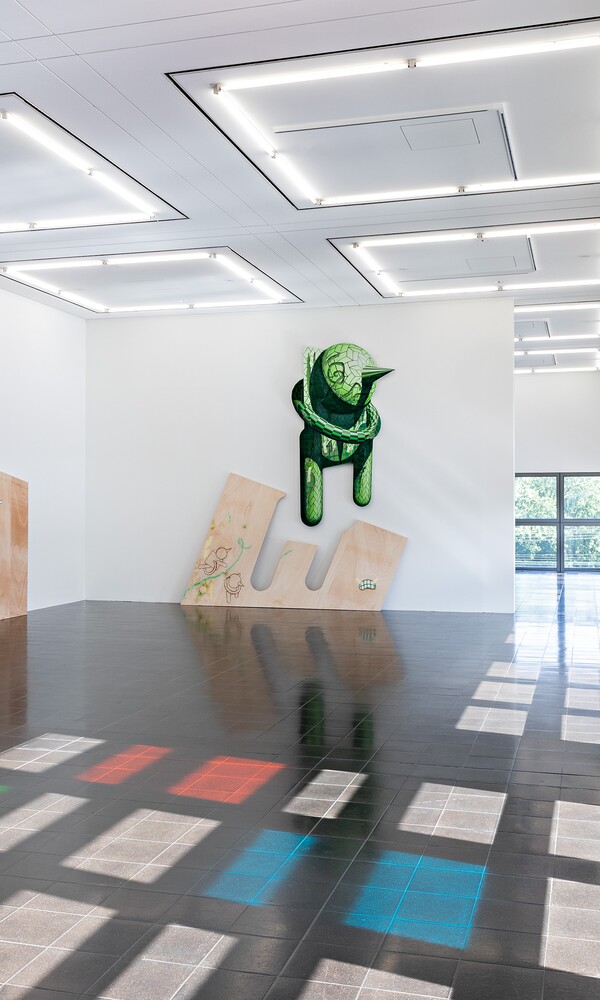Jan Albers, Sol Calero, Dana Greiner, Dominik Halmer, Franziska Reinbothe, Helga Schmidhuber und Claudia Wieser
The museum’s mission is quite straightforward: offering society space in which to see art. Within this space, artists, observers and curators come to an encounter via the presented works. Ideas, perspectives, opinions and preferences develop in the scope of such an encounter and, finally, result in a common aesthetic concept. If up to the mid-20th century it was the frame that served to contain a painting, what encompasses an artistic oeuvre today is the exhibition space, which opens up entirely new dimensions for works of art. Contemporary art interacts intensively with its surroundings and yet, at the same time, emphasizes its own fragmentary nature in the context of the whole.
Beginning in the fall of 2020, the Hamburger Kunsthalle is presenting a series of shows in the Gallery of Contemporary Art featuring artistic positions that have rendered the spaces created by Oswald Mathias Unger and their architecture fruitful for their own work. New site-specific works are being created for and in the skylight gallery of the Unger building in close collaboration with the participating artists.
The seven artists on display as of 4 September 2020 understand their work explicitly as “spatial art” and are realizing projects in the Gallery of Contemporary Art that relate to the exhibition spaces and their internal and external visual impact. These are seven positions that leave (behind) the panel painting in order to conquer new dimensions for the painted surface. The works span a range from installation-based painting, via painterly assemblages and spatially expansive installations, to the projection onto or composition within the context of painting.
Supported by: Deutsche Bank, Philipp Otto Runge Stiftung and Ministry of Culture and Media Hamburg
